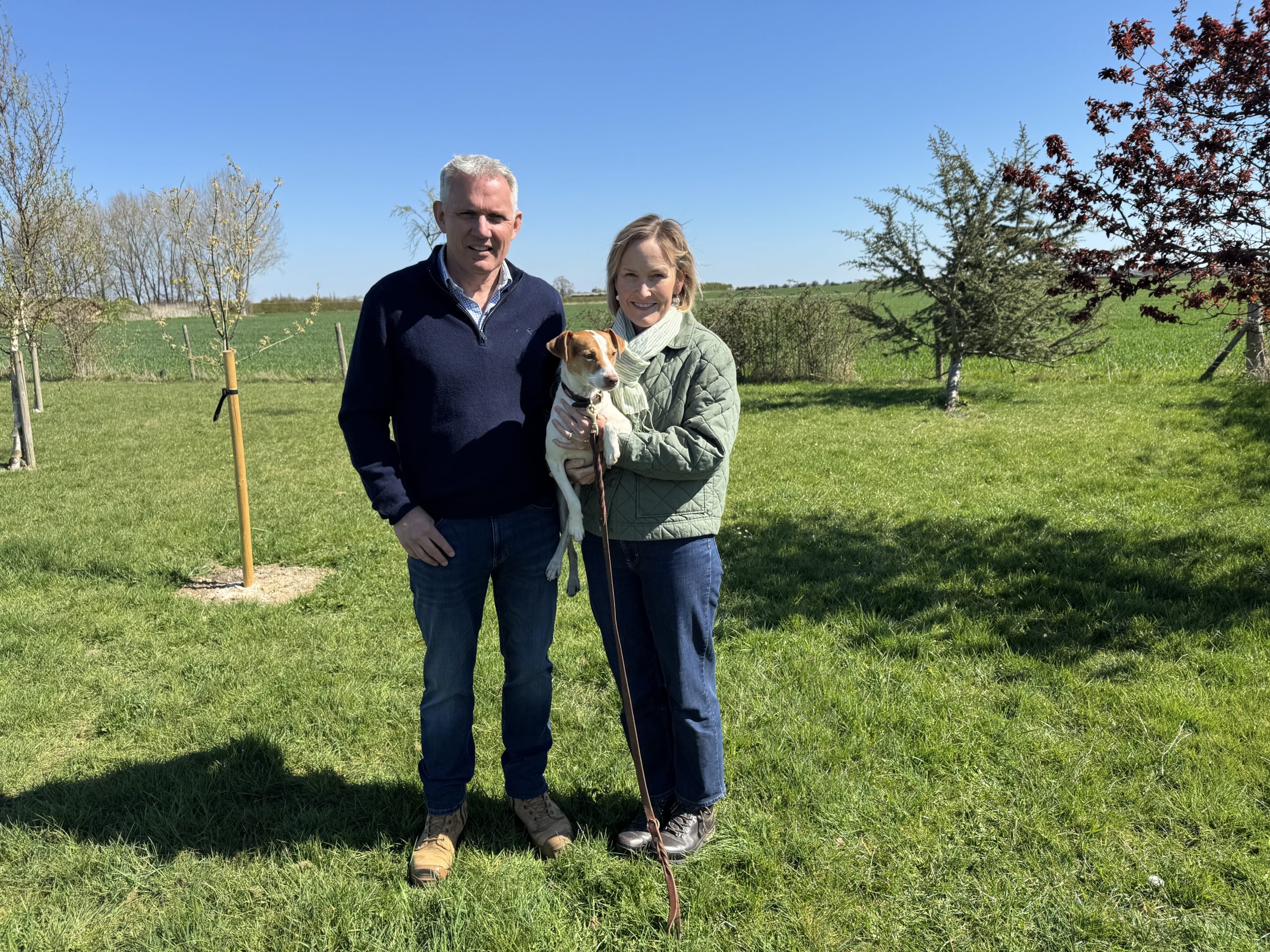For generations, rural businesses and communities have contributed significantly to social wellbeing. Anna Collins, Partner at Knight Frank, argues that this contribution must now be properly recognised, incentivised, and rewarded. In light of declining public investment in social care, engagement, and overall wellbeing, private rural businesses are increasingly stepping in to bridge these gaps.
Collins emphasises that failing to support rural businesses and landowners would result in more than just economic loss—it would also erode the social fabric of rural communities.
“In my day-to-day role I see so many privately owned rural businesses and estates contribute so much that is often unseen and crucial to the functioning of the local social economy in our countryside,” Ms Collins adds.
The social value generated by these businesses extends across multiple dimensions, including health and wellbeing, access to nature, community culture, housing, job opportunities, and environmental benefits. Collins suggests that these contributions must not only be publicly acknowledged but also financially valued.
“Part of the onus on rural businesses is to ensure that policymakers gain a comprehensive understanding of the relationship between a prospering rural economy and the social value gain that this provides, often inherently and to a wide demographic of rural citizens, before making such consequential policy changes such as those surrounding business and inheritance tax announced last year.
“We are seeing the beginning of change environmentally as landowners and occupiers are coming together to improve landscapes and welcome visitors, but farmers especially continue to operate on very narrow margins,” she warns. “It’s therefore vital that we don’t lose the momentum by removal of grant funding and raising of taxes at this pivotal juncture – there is so much more that can be achieved with the right support from government via access to private investment.
“Levelling up is needed between rural and urban areas, but in order to do this, it requires a change in perception and appreciation of what rural communities deliver on pressing challenges like flood mitigation, housing, connectivity, education, employment, and health improvements – the potential for partnerships between government and rural landowners is huge.”
Ms Collins describes the difficulties in quantifying societal, rather than just economic benefits:
“There are quantifiable examples where local authorities and government bodies, such as the NHS, are saving money resulting from landowner initiative in rural communities, like prescribing visits to the countryside instead of antidepressant medication, affordable housing, broadband infrastructure, and renewable energy generation.
“But often so much of the true value is intangible, like unrecorded care in the community – especially on multigenerational farms – freeing up beds in care homes and hospitals for others, or an estate owner maintaining a village hall or installing a public footpath – what value does that bring to those who can use it?”
Ms Collins explained there have been recent efforts to calculate the contributions of rural landowners. The Country Land & Business Association (CLA) published a report in 2024 that demonstrates how land-based enterprises, through their multigenerational structure, maintain essential and enduring connections with their local communities. It aimed to quantify social value by identifying impact and subsequent end outcomes from an activity.
The report found that the rural sector contributes £8.7bn “free of charge” to the Exchequer annually with no direct support and asks what could be offered if the government encouraged and supported farms, estates, and landowners to deliver social good.
“The CLA report suggested that for every £1 invested by landowners, between £2.54 and £2.78 is returned to society, in the form of social benefits for individuals, families, and communities such as improved health and wellbeing, knowledge and skills, and reduced isolation.
“We must tell the positive stories of what these landowners are doing, so that this multiplier effect of investments can be better appreciated; the return on investment for the government would be enormous.”
Mike and Sarah Tebbit farm at Foxes Bridge Farm outside of Cambridge. Without real intention they have created and maintain spaces for societal good; providing opportunities for people to walk through the farm and connect with the countryside.
Mrs Tebbit shares: “We have created several footpaths over the farm which take investment to both install and maintain. We also own a meadow in the middle of the village which is used by the public as a general green space, even when grazed by our sheep.
“With agreement, the village church constructed a barn for children’s work in the corner of our yard which adjoins the church. They pay us a peppercorn rent of £1 a year for this, and also access the yard for parking for large church services on a regular basis.
“A local men’s group have approached us recently about their need for a space to run their woodworking club. We are in communication with them to see if we can help by providing use of one of our containers free of charge. There is also a children’s nursery based on our farm, where 45 children view sheep and lambs in the spring and help collect eggs from the chickens.
“We didn’t set out with a plan to deliver social value as such, it’s just happened naturally over the years from seeing where we could provide benefits to the local community; sometimes at a cost to us and sometimes as a commercial activity. While it is easy to quantify based on cost, the end value all these activities bring to society is harder to put a number against – because it’s difficult to record the education, health, and wellbeing benefits.
“There will be many other rural businesses providing the same sorts of social benefits, and we probably all need to be better at shouting about the good things that we do, otherwise how can we expect people to know it goes on, especially when it comes to political decision-makers?
“We must increase awareness to secure continued and increased investment; otherwise, no one will know what is at stake of being lost, and when things get tighter, these are the sorts of spending activities that landowners like us will have to cut first.”

